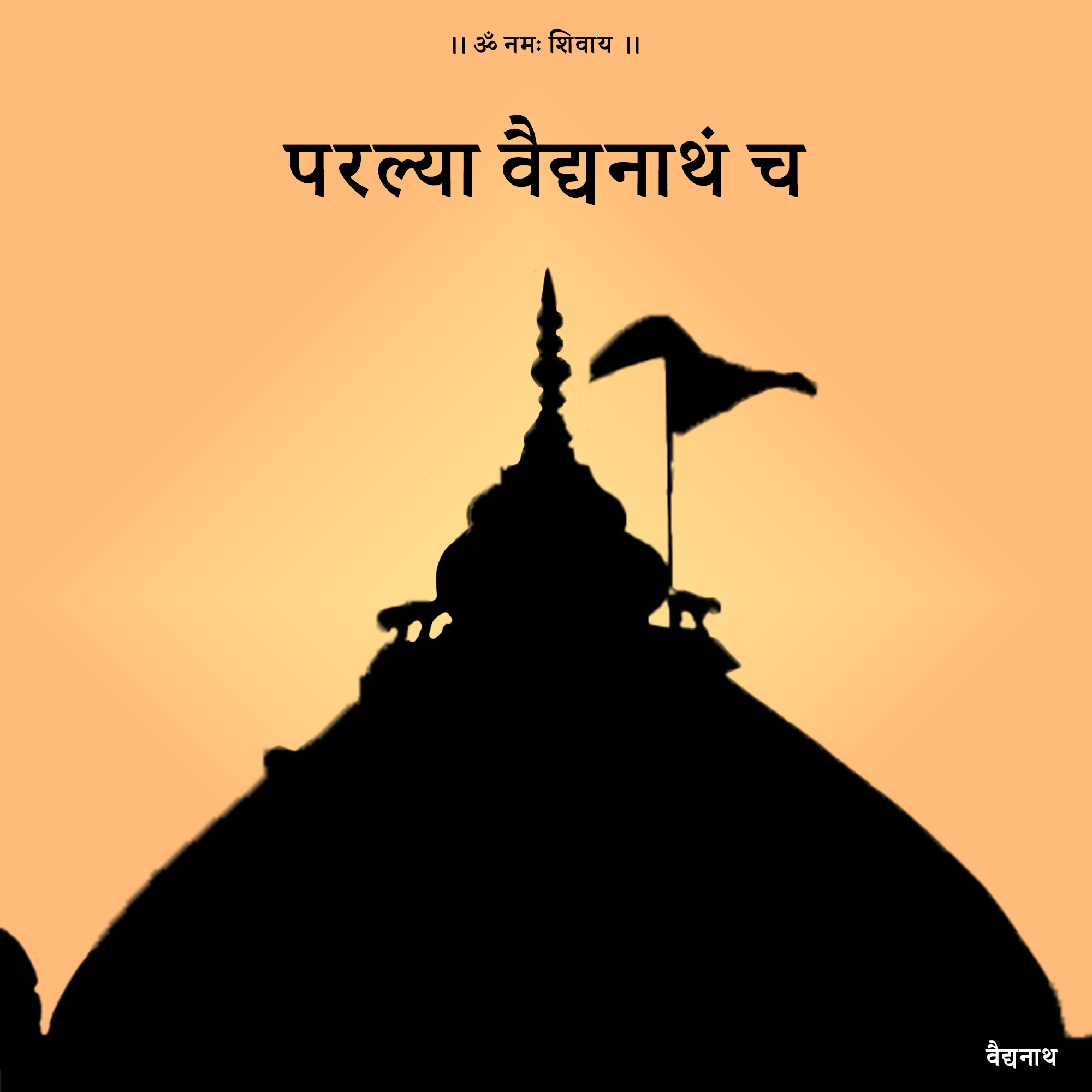The revered Hindu temple Vaidyanath Temple is devoted to Lord Shiva. It is one of the twelve Jyotirlingas, which are revered as Lord Shiva’s holiest residences. The temple is situated in the Indian state of Jharkhand’s town of Deoghar. The following are some important data and facts regarding the Vaidyanath Temple.
Vaidyanath Temple Location
The Vaidyanath Temple is located in the northeastern region of Jharkhand, in the town of Deoghar. Due to the presence of the temple, Deoghar is frequently referred to as “Baidyanath Dham”.
Lord Vaidyanath, a manifestation of Lord Shiva, is the primary deity in the Vaidyanath Temple. The temple contains a jyotirlinga, a self-manifested lingam (icon) that represents Lord Shiva’s cosmic and limitless nature.
Table of Contents
Architecture , History and Importance
One of Lord Shiva’s twelve MahaJyotirlingas, Vaidyanath is where he manifested as a flaming column of light. The temple attracts thousands of devotees annually and is extremely sacred to Shiv Bhakts. Vaidyanath is special in that it is revered as both a Jyotirlingam and a Shaktipeetham (shrines of Goddess Shakti, the bride of Shiva).
As per the Shiva Purana, the sacred temple represents the divine union of Shiva and Shakti; hence, Hindu marriages are believed to be extremely fortunate. It is thought that a couple’s souls are eternally bound together when they are married at the temple or come for Darshan. For this reason, hundreds of Hindu couples go from all over the world to Vaidyanath in search of blessings.
Along with modern history books, Vaidyanath is mentioned in numerous Hindu classics, including the Matsyapurana, the Ramayana, and the Shivapurana. Travelers who practice religion treasure this temple, which is situated in a breathtaking area close to the Mayurkashi River.
Adjacent to the main temple is a stunning Shaktipeeth shrine dedicated to the goddess Parvati. The world is said to have begun with the sacred tie between Shiva and Shakti, which is attested to by Vaidyanath. In the fortunate month of Shravan, millions of people swarm to Vaidyanath in hopes of receiving benefits.
In the town of Deoghar, there are numerous folktales relating to the origin of Vaidyanath. The most widely accepted legend is that during the Treta Yuga, King Ravana of Lanka prayed to Lord Shiva nonstop. Ravana sought to convince Mahadev to remain in Lanka for the city’s security. Shiva granted him permission to take his “Atmalingam” to Sri Lanka because of his devotion.
However, the Lord stipulated that during the journey, the lingam could not break or be given to another person. The Gods were afraid that while Lord Shiva was protecting the planet, Ravana would cause chaos. After the water god Varun entered Ravana’s stomach, he had a great desire to let go of the water, so he gave the Shiv Linga to a Brahmin who was the avatar of Lord Ganesha.
The Lingam was fastened in Deoghar because the Brahmin had placed it there. This infuriated Ravana, who tried to lift the lingam violently and broke it. He began to offer each of his ten heads to Lord Shiva after experiencing intense shame. Lord Shiva appeared, pleased with his penance, and healed all of his wounds. As a result, he was given the name “Vaidya” (Doctor), and the location became known as Vaidyanath.
In order to protest her father’s disapproval of her marriage to Shiva, Goddess Sati gave her life as a sacrifice. To commemorate her passing, Lord Vishnu divided her corpse into fifty-two parts, which fell to various locations on Earth and became shrines. Sati’s heart dropped to earth at Vaidyanath Shaktipeeth, one of many locations known as Shaktipeethas.
The Vaidyanath Temple is built in a traditional manner and has elaborate carvings and sculptures. The main sanctuary, which houses the lingam, is decorated.
Festivals and Pilgrimage
The Vaidyanath Temple is a significant Hindu pilgrimage site that draws visitors from Jharkhand, Bihar, and other regions of India. The Hindu calendar’s holy month of Shravan and other auspicious occasions bring a large influx of pilgrims to the temple.
Shravan Mela: Every year, during this important religious celebration, pilgrims travel to the Vaidyanath Temple. Many pilgrims travel great distances while carrying the Ganges holy water, which they offer at the temple.
Another notable pilgrimage site in the Deoghar district is the close-by Basukinath Temple, which is devoted to Lord Shiva.
Visitation
Both devotees and visitors to the area are welcome at the temple for darshan (the ritual gazing of the deity). Before making travel arrangements, it is advised to confirm the temple’s operating hours and regulations.
Deoghar: In addition to the Vaidyanath Temple, the town of Deoghar is home to a number of additional tourist destinations, such as the Naulakha Temple, Satsang Ashram, and the neighboring Tapovan, where it is thought that Lord Rama and Sita resided when they were in exile.
Vaidyanath Jyotirlinga Yatra: Important Shiva shrines in the area are covered by a number of pilgrimage circuits and yatras that include the Vaidyanath Temple.
Also read about Trimbakeshwar Temple.
